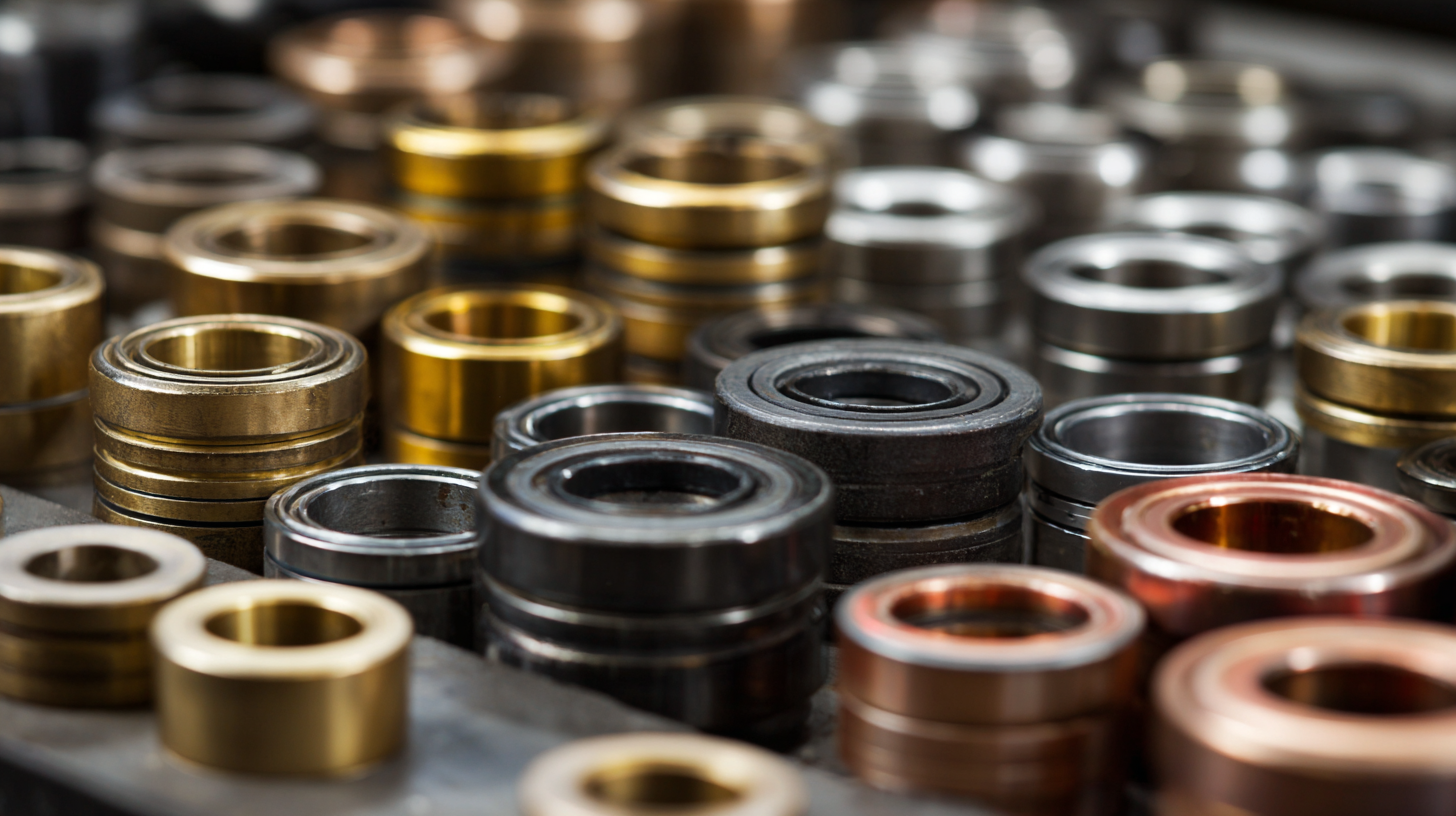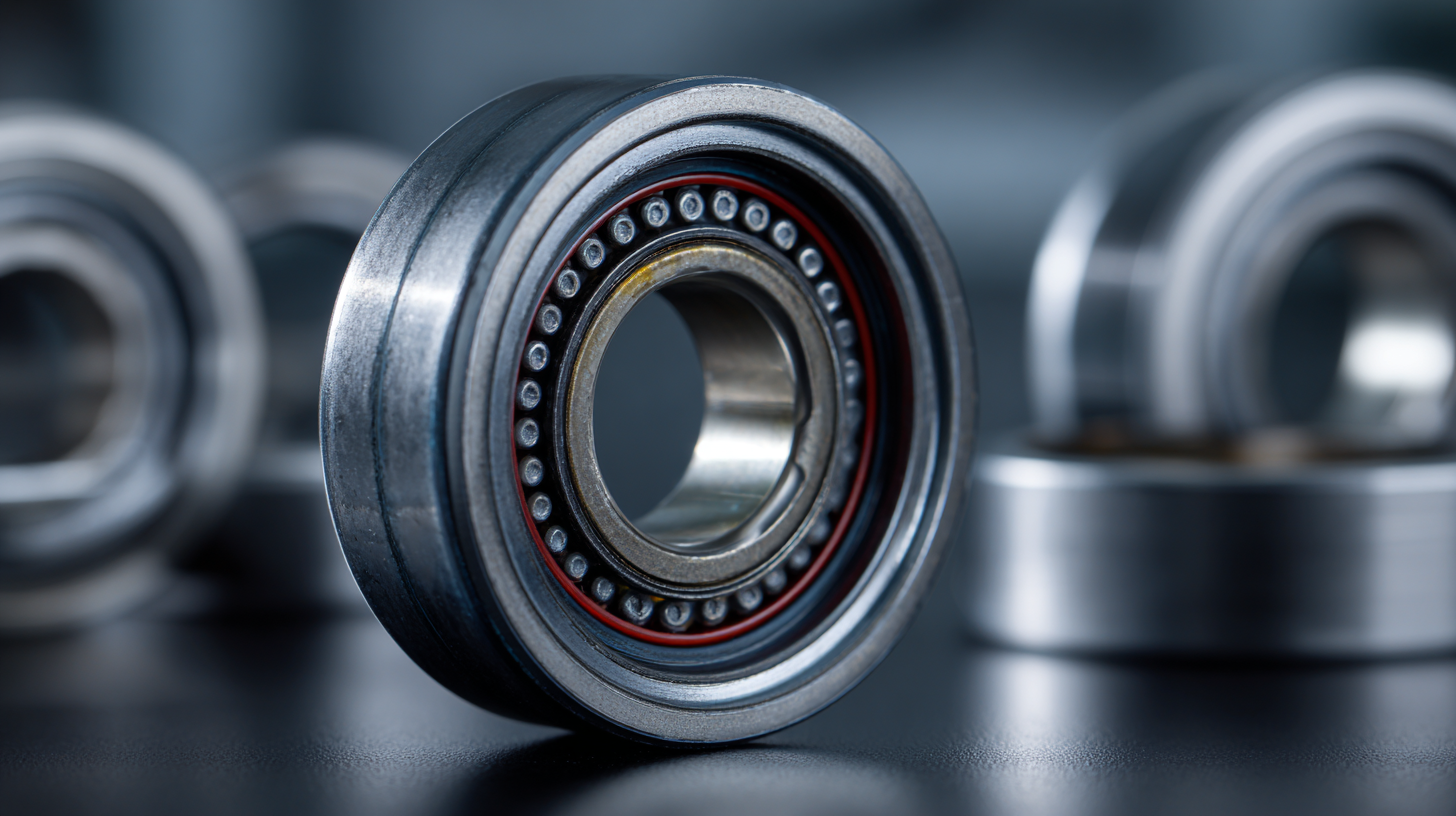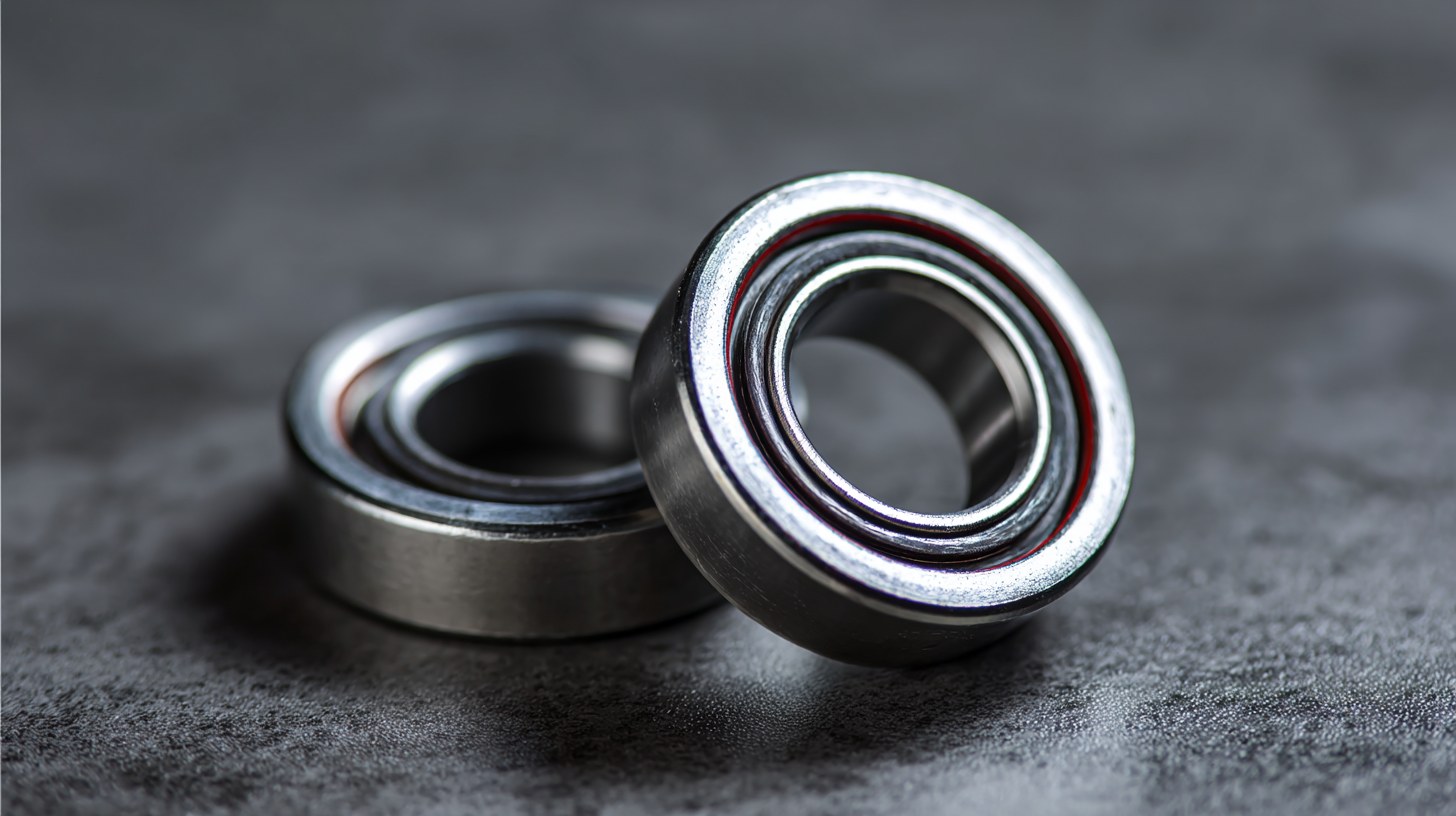The Ultimate Guide to Finding the Best Prices for Thin-Wall Bearings: A Step-by-Step Tutorial
When it comes to sourcing thin-wall bearings, understanding the nuances of pricing is crucial for manufacturers and hobbyists alike. This guide aims to demystify the process of finding the best prices for thin-wall bearings by providing a comprehensive step-by-step tutorial. We will explore not only the Thin-Wall Bearings Price List but also delve into the advantages of after-sales service and the potential impacts of repair costs on your overall expenditure. By the end of this guide, you will be equipped with the knowledge to confidently navigate the market, compare various suppliers, and ultimately make informed purchasing decisions that align with your project needs. Whether you’re looking for cost-effective solutions or premium options, this tutorial will serve as your trusted resource in the complex world of thin-wall bearing procurement.
Understanding Thin-Wall Bearings: Types and Applications
Thin-wall bearings are essential components in various mechanical applications, designed to provide support while minimizing weight and space. These bearings typically feature a small cross-section, enabling them to be used in confined areas where traditional bearings may not fit. The most common types include deep groove ball bearings, cylindrical roller bearings, and angular contact bearings, each offering distinct advantages based on load capacity, speed, and alignment. Industries such as aerospace, automotive, and medical equipment extensively utilize these bearings for their reliability and efficiency.
Understanding the specific applications of thin-wall bearings is crucial for selecting the right type for your project. In the automotive sector, for example, these bearings are frequently found in engines, gearboxes, and other high-performance components where reduced weight can significantly enhance fuel efficiency. In aerospace, they play a vital role in the design of turbines and landing gear, where minimizing weight is critical. Additionally, in medical devices, thin-wall bearings allow for compact and lightweight equipment, ensuring ease of use without compromising reliability. Knowing these types and their applications can significantly streamline the process of finding the best prices and sourcing high-quality thin-wall bearings for your needs.
Key Industry Standards for Thin-Wall Bearings You Should Know
When searching for the best prices on thin-wall bearings, understanding key industry standards is essential. Standards set by organizations such as the International Organization for Standardization (ISO) and the American National Standards Institute (ANSI) ensure that thin-wall bearings meet specific criteria for quality, performance, and reliability. For instance, ISO 9001 certification indicates that a manufacturer adheres to strict quality management principles, which can lead to better product reliability and longer service life. According to a report by Market Research Future, the thin-wall bearing market is expected to grow at a CAGR of 6.2% between 2020 and 2027, indicating increasing demand for these components due to their lightweight and efficient designs.
**Tip:** When evaluating different suppliers, always look for adherence to industry standards like ISO and ANSI. This will not only assure you of a quality product but can also influence the pricing; suppliers that maintain these standards often provide superior value over the long term.
Moreover, understanding load ratings and material specifications is crucial. Thin-wall bearings are typically made from materials like stainless steel and ceramics, which are used for their strength and corrosion resistance. According to the American Bearing Manufacturers Association (ABMA), proper load rating calculations are essential to ensure that the selected bearing will perform adequately under operational stresses.
**Tip:** Always request the technical specifications and load ratings for the bearings you're considering. This knowledge will empower you to make educated comparisons across different products and ensure that you are getting the best price for the required performance.

How to Evaluate Quality and Performance of Thin-Wall Bearings
When evaluating the quality and performance of thin-wall bearings, several key factors must be considered to ensure optimal selection for your application. One critical parameter is the material composition; high-quality thin-wall bearings are often constructed from advanced materials like stainless steel or polymer composites, which provide excellent resistance to wear and corrosion. According to a recent report by the Global Bearings Market, the demand for high-performance thin-wall bearings has increased by over 15% in the past five years, highlighting the industry’s shift towards more durable materials that can withstand extreme operating conditions.

Another important aspect to assess is the bearing’s load capacity and speed ratings. Thin-wall bearings are designed to handle specific loads while maintaining performance at high speeds. According to a study published by the International Journal of Mechanical Engineering, bearings that meet stringent ISO standards show a marked improvement in performance, with failure rates reducing by up to 30% in rigorous applications.
Furthermore, examining factors such as lubrication requirements and operating temperatures can also provide insights into the bearing's longevity and suitability for a given project. By paying attention to these details, engineers can make informed decisions that enhance the reliability and efficiency of their systems.
Comparing Prices: Where to Find the Best Deals Online and Offline
When it comes to purchasing thin-wall bearings, finding the best deals is essential to ensure cost efficiency without compromising quality. One of the first steps in comparing prices is exploring various online platforms. Websites like Amazon, Alibaba, and specialized industrial suppliers often have competitive pricing due to their vast inventories and direct relationships with manufacturers. Utilizing price comparison tools allows buyers to track fluctuations and identify seasonal sales or bulk discounts, which can significantly reduce costs.
Additionally, do not overlook the value of local suppliers and specialized bearing shops. While online prices may be tempting, visiting a physical store can provide opportunities for negotiation, immediate purchase, and personalized advice that online shopping may lack. Many local distributors also offer promotions or loyalty programs for regular customers, which can further enhance savings. By combining both online research and local inquiries, customers can ensure they are getting the best prices for thin-wall bearings, making their investment worthwhile.
Top Factors Influencing the Cost of Thin-Wall Bearings in the Market
When it comes to thin-wall bearings, understanding the factors influencing their cost is crucial for making an informed purchase. One of the top factors is the material used in manufacturing. Higher-quality materials often lead to increased durability and performance but can also drive up the price. Additionally, the complexity of the design plays a significant role; intricate designs may require more advanced manufacturing processes, thus affecting the overall cost.
Another important aspect to consider is the production volume. Bulk orders typically result in lower per-unit prices due to economies of scale. Therefore, if you anticipate a larger need, consider purchasing in bulk. Furthermore, market demand fluctuations can lead to price variations, making it essential to keep an eye on industry trends.
Tips for finding the best prices include comparing multiple suppliers and looking for promotions or bulk purchase discounts. Additionally, consider reaching out for quotes on custom orders; manufacturers may offer competitive pricing for tailored solutions. By being proactive and informed, you can successfully navigate the cost landscape of thin-wall bearings.
The Ultimate Guide to Finding the Best Prices for Thin-Wall Bearings

Home
Products
Industrial Bearings
Deep Groove Ball Bearings
Self-Aligning Ball Bearings
Angular Contact Ball Bearings
Cylindrical Roller Bearings
Taper Roller Bearings
Spherical Roller Bearings
Bearing housing or Accessories
Miniature Bearing
Thrust ball bearing
Radial Spherical Plain Bearing
Pillow Block Bearing
Needle Roller Bearings
Automotive Bearings
Agricultural Bearings
Special Material Bearings
Industry Application
About Us
News
Contact Us





